Origins, Chemistry & Structural Biology
BPC-157 (Body Protection Compound 157) is a 15-mer fragment (GEPPPGKPADDAGLV) originally isolated from human gastric juice and highly conserved across mammals. Its 1 414 Da mass and amphipathic profile confer remarkable aqueous stability—even in gastric acid—which in turn underpins wide laboratory utility. Structure–activity modelling reveals multiple proline clusters that resist enzymatic cleavage, while lysine and aspartate residues lend flexible hydrogen-bonding for receptor interactions.
Signal-Transduction “Command Centre”
Beyond passive cytoprotection, BPC-157 acts as an active orchestrator of repair signaling. In rat aorta rings the peptide produced concentration-dependent, endothelium-dependent vasorelaxation, a process abolished by L-NAME or hemoglobin—implicating endothelial nitric-oxide synthase (eNOS). The authors concluded that “BPC 157 can modulate the vasomotor tone … through the activation of the Src-Caveolin-1-eNOS pathway.” Downstream, Src phosphorylation liberates eNOS from caveolin-1, boosting NO flux, cyclic-GMP, and angiogenic gene sets such as VEGFR2, FAK, and paxillin.
In-Vitro Musculoskeletal Regeneration
Tendon injuries are notoriously avascular and slow to heal; yet in Chang et al.’s seminal work, “BPC 157 significantly accelerated the outgrowth of tendon explants … [and] markedly increased the in-vitro migration of tendon fibroblasts,” apparently via FAK-paxillin activation. The same group later showed up-regulation of growth-hormone receptor transcripts in cultured fibroblasts, suggesting endocrine cross-talk that may synergize with anabolic cues. Ex vivo tensile testing confirmed enhanced collagen maturation and biomechanical strength at 14 days.
Angiogenesis & Endothelial Biology
Classic “scratch-wound” and chorioallantoic-membrane (CAM) assays demonstrate robust neovascularisation after picomolar exposures. Quantified vessel branch points rose up to 40 % vs. control, while tube-formation scores doubled in human umbilical-vein endothelial cells. These effects disappear under NO-quenching conditions, aligning with the Src-Cav-1-eNOS mechanism above and positioning BPC-157 as a unique pro-angiogenic scaffold that does not rely on exogenous VEGF.
Gastrointestinal & Epithelial Cytoprotection
Gastric juice naturally harbours nanomolar BPC-157; exogenous administration in rodent models blocks ethanol, NSAID, and stress-ulcer pathology, preserves tight-junction proteins, and accelerates mucosal closure. Sikiric et al. note that BPC-157 “acts as a novel cytoprotection mediator, is very safe, and has no side effects in clinical trials.” Uniquely, peptide efficacy persists after neonatal capsaicin denervation, highlighting independence from sensory-neuropeptide pathways.
Neuro-, Cardio- and Metabolo-Protection
Rodent stroke, spinal-cord-contusion, and traumatic-brain-injury models all report reduced lesion volume and earlier functional recovery. Cardiovascular studies reveal rapid collateral recruitment following mesenteric-artery occlusion, normalization of thrombocyte counts, and attenuation of pulmonary-hypertension indices—all linked to NO homeostasis. Hepatobiliary assays demonstrate antioxidant‐gene induction and reduced lipid peroxidation, while separate work documents favorable lipid and glucose handling in metabolic-syndrome models.
Immunomodulation & Anti-Inflammatory Profile
Though formal cytokine mapping remains limited, available data show suppressed NF-κB signaling, lower IL-6/TNF-α secretion, and enhanced IL-10 in LPS-challenged macrophage cultures. This anti-inflammatory tenor could underpin multi-organ protection seen in systemic sepsis models, yet mechanistic confirmation awaits standardized in vitro immuno-phenotyping.
Safety, Cytotoxicity & Off-Target Concerns
Toxicology panels (acute, sub-chronic, and reproductive) across murine, canine, and porcine lines failed to identify an LD₁, and no genotoxicity emerged in Ames or micronucleus tests. As summarized in a 2023 Pharmaceuticals review, “BPC 157 … has a very safe profile … a lethal dose was not achieved.” Nonetheless, subtle pro-angiogenic signalling raises theoretical oncologic questions; prudent labs should include malignant cell lines in future assays.
Reported Side-Effects & Contra-Indicators (Research Context Only)
Published in vivo work occasionally notes transient hyperemia or blood-pressure dips—both attributable to NO surges. High-shear endothelial assays caution that excessive NO may trigger oxidative stress; co-treatment with hemoglobin or NOS inhibitors mitigates this, reinforcing the need for tight concentration gradients. No endocrine disruption, QT-prolongation, or hematologic toxicity has been documented to date.
Methodological Caveats & Knowledge Gaps
Species bias: >80 % of studies employ Sprague–Dawley rats; comparative mammalian genomics could clarify translatability. Dose standards: heterogeneous molarities hamper meta-analysis (though dosing data are intentionally omitted here to comply with in-vivo restrictions). Route dependence: variable topical, intraperitoneal, and ex vivo protocols complicate pharmacokinetic harmonization. Publication clustering: a single Croatian research consortium contributes the majority of primary data—independent replication is vital.
Future Research Coordinates
Receptor de-orphaning – Identify direct binding partners via photo-affinity labeling and CRISPR knock-outs. Omics integration – Map transcriptomic and phosphoproteomic changes across cell types at nanomolar exposure. Tissue-engineered models – Employ human tendon-on-chip and vascular organoids to bridge animal–human gaps. Combination matrices – Evaluate synergy or antagonism with canonical growth factors (e.g., PDGF-BB, BMP-12). Long-term oncogenic screens – Apply 3-D spheroid assays for chronic angiogenic safety assessment.
Conclusion
From cytoplasmic membrane stabilization to orchestrated nitric-oxide–driven angiogenesis, BPC-157 research peptide displays a spectrum of reparative actions unprecedented among short peptides. While pre-clinical breadth is impressive, rigorous, blinded, and multi-institutional studies remain imperative before any translational consideration. Until then, BPC-157 stands as a compelling research-only tool for dissecting the intertwined biology of wound healing, vascular dynamics, and systemic cytoprotection.
Selected References (APA-7 style) Chang, C.-H., Tsai, W.-C., Lin, M.-S., Hsu, Y.-H., & Pang, J.-H. (2011). The promoting effect of pentadecapeptide BPC 157 on tendon healing involves tendon outgrowth, cell survival, and cell migration. Journal of Applied Physiology, 110(3), 774–780. https://pubmed.ncbi.nlm.nih.gov/21030672/
Hsieh, M.-J., Lee, C.-H., Chueh, H.-Y., Chang, G.-J., Huang, H.-Y., & Pang, J.-H. (2020). Modulatory effects of BPC 157 on vasomotor tone and the activation of Src-Caveolin-1-endothelial nitric oxide synthase pathway. Scientific Reports, 10, 17078. https://www.nature.com/articles/s41598-020-74022-y
Sikiric, P., Hahm, K-B., Boban Blagaic, A., et al. (2019). Stable gastric pentadecapeptide BPC 157, Robert’s stomach cytoprotection/adaptive cytoprotection/organoprotection, and Selye’s stress coping response. Gut and Liver, 14(2), 153–167. https://pubmed.ncbi.nlm.nih.gov/31158953/
Sikiric, P., Gojkovic, S., Krezic, I., et al. (2023). Stable gastric pentadecapeptide BPC 157 may recover brain–gut axis and gut–brain axis function. Pharmaceuticals, 16(5), 676. https://pubmed.ncbi.nlm.nih.gov/pmc/articles/PMC10224484/
GeneMedics Health Institute. (n.d.). BPC-157 peptide: benefits, dosage & side effects. Retrieved April 29, 2025, from https://www.genemedics.com/bpc-157

